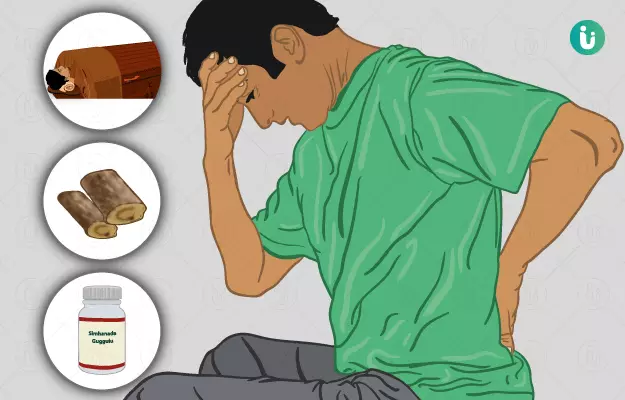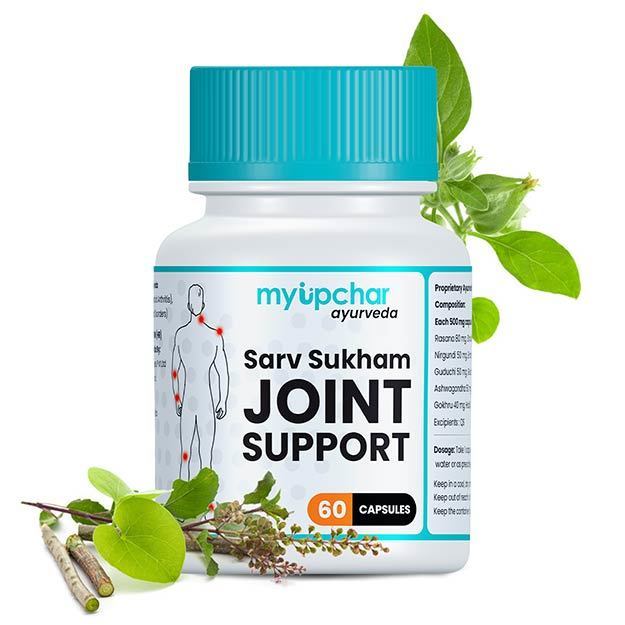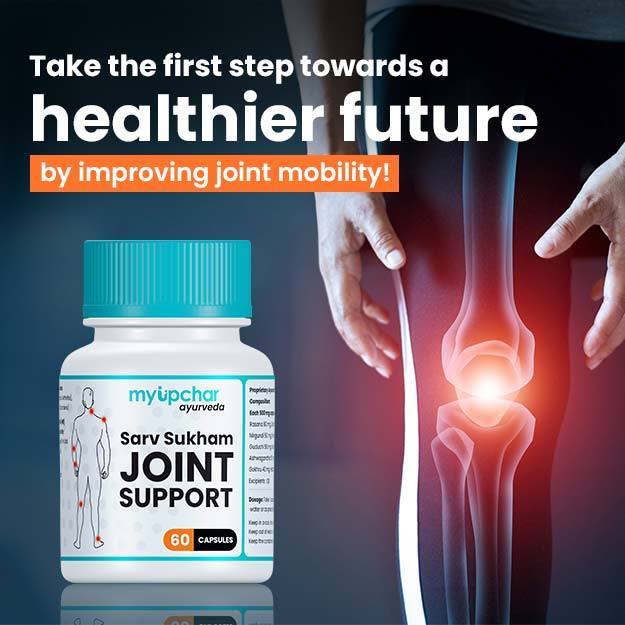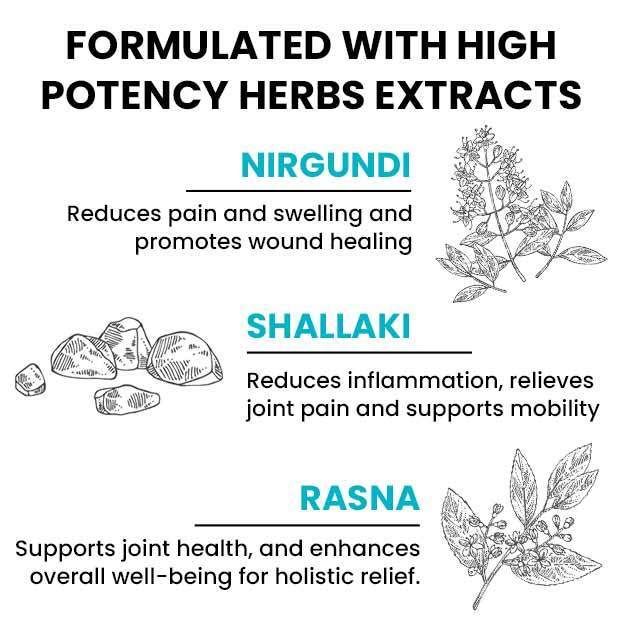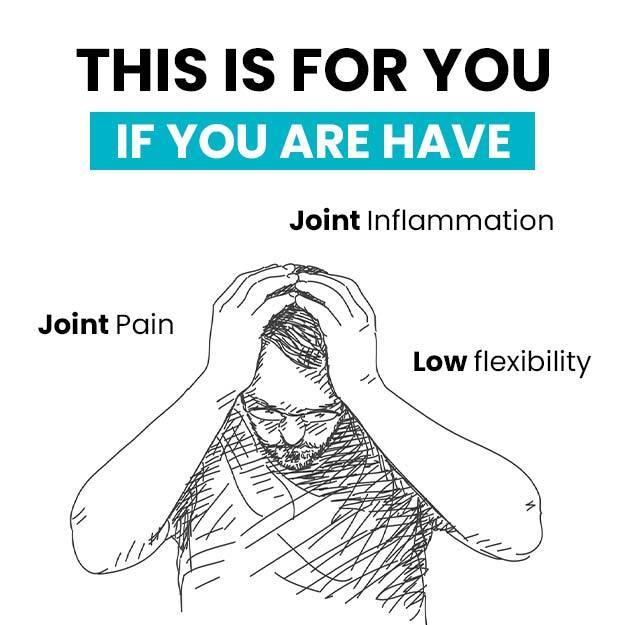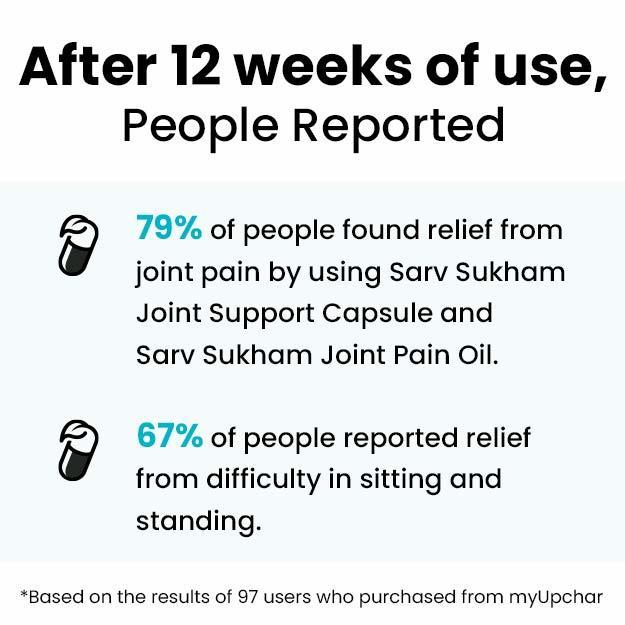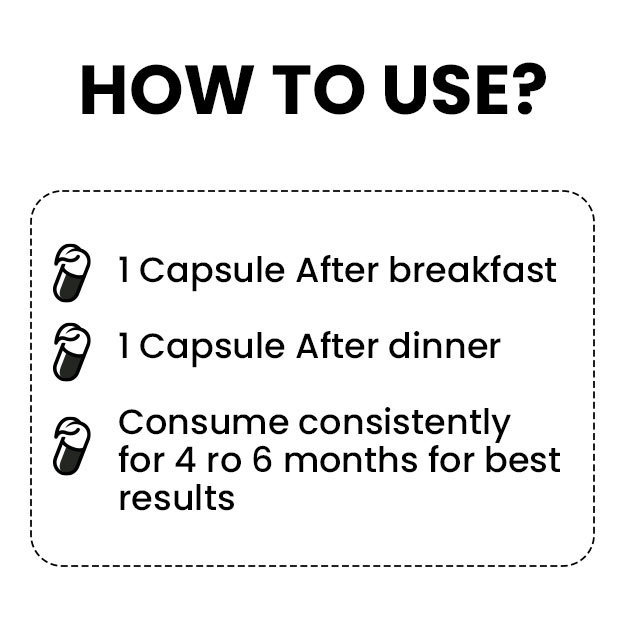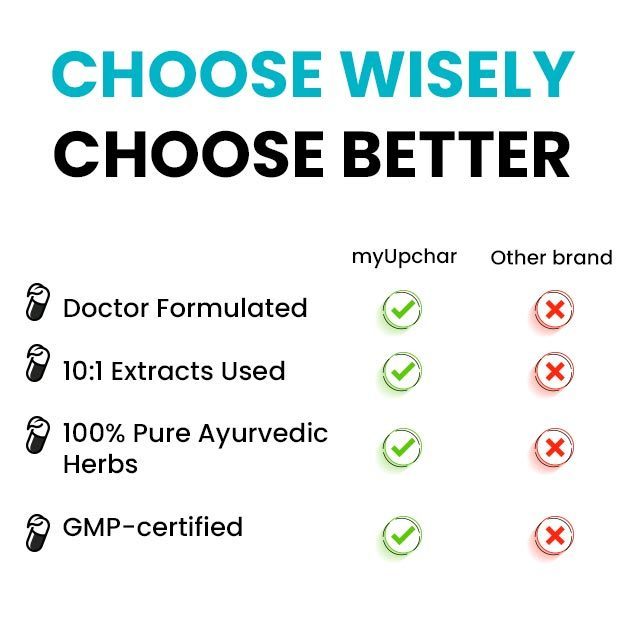Body pain, also called angamarda in Ayurveda, is a symptom associated with several conditions and presents itself as an unpleasant sensation of pain affecting the entire body. Physical exertion, overworking and improper diet may also lead to body pain. Body pain is usually relieved by treating the underlying condition.
Ayurveda describes the role of doshas in angamarda and a holistic approach for the treatment of this condition.
Ayurvedic treatments for angamarda are snehana (oleation), swedana (sudation or sweat therapy), vamana (medical emesis), virechana (purgation) and raktamokshana (blood letting). Herbs and medicines used in Ayurveda for the management of body pain include brihati (bari katheri), eranda (castor), ela (cardamom), yashtimadhu (mulethi), kantakari (chhoti katheri), bala (country mallow), kapikachhu (cowhage plant), punarnavadi mandura, anandabhairava rasa and vasantkusumakar.
- Ayurvedic view of body pain
- Ayurvedic treatment for body pain
- Ayurvedic herbs and medicines for body pain
- Dietary and lifestyle changes for body pain patient as per ayurveda
- How effective are ayurvedic medicines and treatments for body pain
- Side effects and risks of ayurvedic medicine and treatments for body pain
- Takeaway
Ayurvedic view of body pain
As per Ayurveda, aggravation of vata is the primary reason for all types of pain. The main causes of angamarda as explained in Ayurvedic literature are:
- Amavata (rheumatoid arthritis): It occurs due to poor digestion, which causes formation of ama (toxins) in intestines. This ama accumulates in various kapha locations, primarily joints, causing pain and discomfort. It also leads to body pain after being absorbed and distributed to the whole body.
- Sandhivata (osteoarthritis): Sandhivata occurs due to vitiation and accumulation of vata in joints. It can cause acute pain and stiffness in joints along with loss of muscular strength.
- Jwara (fever): Jwara or fever occurs due to weakened digestive fire and is one of the most common causes of body pain. Jwara may be an independent condition or appear as a symptom of an infectious disease such as tuberculosis or cough. The exact treatment depends on the dosha involved.
- Vataja pandu (iron-deficiency anaemia): It predominantly occurs due to vitiation of pitta dosha but also involves an imbalance of vata and kapha. Thus, all three doshas are involved in iron-deficiency anaemia. Vitiation of pitta causes vitiation of rakta and leads to paleness and discolouration of skin.
- Body pain can also occur due to other conditions such as rhinitis, kshayaja kasa (cough due to wasting disease), haemorrhoids and vitiation of rasa dhatu.
Ayurvedic treatment for body pain
The following treatments are typically given for angamarda, but the exact treatment will be prescribed based on the cause of angamarda.
- Snehana
- Snehana involves lubrication of body, both internally and externally, with oils infused with medicinal herbs. Herbs for snehana are selected on the basis of individual condition.
- While an oil massage relaxes the body, snehapana or internal oleation mobilises ama from different sites to the digestive tract, from where it is easily eliminated from the body. Snehapana is done by consuming oil or ghee (clarified butter).
- Snehana is one of the most rewarding therapies for the treatment of body pain. It pacifies vata, relieves pain and treats stiffness in muscles and joints.
- Snehana also improves blood circulation.
- Swedana
- Swedana is a panchakarma procedure, which includes a set of methods to induce sweating. It relieves stiffness, coldness and heaviness in body.
- Just like snehana, swedana liquefies ama in body tissues and directs it to the digestive tract. This ama is then removed from the body through purification procedures.
- It is primarily used in the treatment of vata-dominant diseases.
- Vamana
- Vamana karma is one of the major panchakarma therapies, in which, herbs and herbal formulations are used to induce vomiting. It helps in emptying out the contents of stomach along with the aggrevated kapha and pitta doshas.
- It is a useful technique for removing toxins from the upper part of gastrointestinal tract and is considered one of the best therapies for relieving body pain.
- Fever, one of the most common causes of body pain, is treated by this therapy.
- Vamana is also indicated in the treatment of respiratory disorders like asthma and other conditions with aggravated kapha.
- Virechana
- Virechana involves the elimination of aggravated doshas, especially pitta dosha, and ama from the body through rectal route.
- It is an effective therapy for body pain caused due to fever and arthritis.
- Virechana also helps in the treatment of chronic jaundice, colon pain, asthma, skin diseases, epilepsy and other pitta-dominant diseases.
- Raktamokshana
- Raktamokshana is the process of removal of impure blood from the body with or without the use of any metallic instruments. Some of the materials used to perform raktamokshana are dried bitter gourd, leeches or cow’s horn.
- It expels ama and vitiated blood from body and is primarily used for reducing body pain caused due to vata and pitta diseases like gout and headache.
Ayurvedic herbs and medicines for body pain
Ayurvedic herbs for body pain
- Brihati
- Brihati affects the respiratory, urinary and circulatory systems and has carminative (relieves flatulence), cardiotonic, expectorant (expels phlegm), aphrodisiac (increases libido), stimulant and astringent properties.
- It is useful in the treatment of chronic fevers, which can lead to body pain.
- In addition to body pain, it is also helpful in the management of chest pain, oedema, cough and mucus production.
- Brihati can be used in the form of decoction or powder.
- Eranda
- Eranda acts on the urinary, nervous, female reproductive and digestive systems and has pain-relieving and laxative effects. It also helps in reducing inflammation and body pain.
- It is used for treating headache, fever, painful joints and sciatica. Eranda is known as the "king of vata disorders" as it is helpful in the management of all conditions occurring due to aggravated vata.
- It can be used in the form of an oil, decoction, paste, infusion or poultice.
- Ela
- Ela is an excellent digestive but it works well on the digestive, respiratory, nervous and circulatory systems.
- It helps relieve flatulence, expels phlegm and acts as a natural stimulant.
- Additionally, it eliminates aggravated kapha and helps in the management of cough, bronchitis, asthma and cold.
- Ela can be taken in the form of an infusion, powder or milk decoction.
- Yashtimadhu
- Yashtimadhu acts on the excretory, digestive, nervous, reproductive and respiratory systems and has expectorant, laxative, rejuvenating, sedative and tonic effects.
- It can help manage conditions like general weakness, body pain, inflammation and abdominal pain.
- Yashtimadhu detoxifies blood and is used in the treatment of most vata disorders, which are the most common cause of body pain.
- It can be used in the form of milk decoction, decoction in water, ghee or powder.
- Yashtimadhu is preferably taken with milk to prevent its side effects.
- Kantakari
- Kantakari effects reproductive and respiratory systems and has digestive, astringent, carminative and expectorant properties.
- It is useful in the treatment of various conditions like fever, tuberculosis and rheumatoid arthritis.
- Kantakari can be used in the form of a decoction, juice or powder.
- Bala
- Bala acts on the circulatory, nervous, urinary, reproductive and respiratory systems and has pain-relieving, aphrodisiac, rejuvenating, stimulant, nervine, tonic and wound-healing properties.
- This herb is effective in strengthening the body, especially heart.
- It pacifies vata and treats painful conditions like sciatica, arthritis and chronic inflammations.
- Bala improves muscular strength and treats persistent fever, which can be the cause of body pain.
- It is also used to improve strength in chemotherapy patients.
- Bala can be used in the form of powder, decoction or medicated oil.
- Kapikachhu
- Kapikachhu acts on the nervous and reproductive systems and has aphrodisiac, astringent, tonic, rejuvenating and anthelmintic properties.
- It is useful in the management of general weakness, body pain, infertility, indigestion, oedema, impotence and fever.
- It pacifies the aggravated vata dosha, which is the leading cause of body pain.
- Kapikachhu can be used in the form of decoction, powder or confections.
Ayurvedic medicines for body pain
- Punarnavadi mandura
- Some of the ingredients of this medicine are punarnava (red hogweed), mandura bhasma (calcined preparation of iron oxide), gomutra (cow’s urine), triphala (a combination of amalaki [Indian gooseberry], vibhitaki [belleric myrobalan], and haritaki [chebulic myrobalan]), and trikatu (a combination of the three acrids – pippali [long pepper], shunthi [dried ginger] and maricha [black pepper]).
- The amalaki in triphala is a rich source of iron and vitamin C. Gomutra has antimicrobial, antioxidant and anti-anaemic properties.
- This medicine helps in pacifying the aggravated kapha and pitta dosha.
- It improves the formation of blood and absorption of iron, thus reverting iron-deficiency anaemia, one of the common causes of body pain.
- Simhanada guggulu
- Simhanada guggulu is prepared from triphala, shuddha gandhak (pure brimstone), shuddha guggulu (pure resin of Indian bdellium-tree) and eranda moola (castor roots).
- It helps in improving the digestive power, thereby increasing the digestion of ama, eliminating obstructions in circulatory channels and inhibiting excessive kapha production. Together, all of these actions are effective in the management of rheumatoid arthritis and body pain associated with it.
- Anandabhairava rasa
- Anandabhairava rasa consists of shuddha hingula (cinnabar), vatsanabha (Indian aconite), shunthi (dried ginger), pippali, maricha and some quantity of citron and lime juice.
- It has carminative, digestive and astringent properties and it can be used in the management of fever and body pain due to fever and indigestion.
- It also helps treat diarrhoea and dysentery when taken along with cumin or cinnamon powder.
- Vasantkusumakar
- Some of the components of this formulation are bhasmas (calcined preparations) of raupya (silver), vanga (tin), naga (lead), suvarna (gold), abhraka (mica), and pravala (red coral). This mixture is then infused with the properties of chandana (sandalwood), vasa (Malabar nut) and haridra (turmeric).
- It is recommended for treating several diseases that cause the overall weakening of body such as tuberculosis, vata disorders and diabetes. Since vata is the most commonly involved dosha in body pain, this medicine can be used in the management of body pain.
As treatments vary according to numerous factors and an individual’s prakriti (constitution), consult a qualified Ayurvedic doctor for the appropriate medications and treatments for your specific complaints.
Dietary and lifestyle changes for body pain patient as per ayurveda
Do’s
- Eat light food and include barley, old rice (sali), mudga (green gram) and masura (red lentils) in your regular meals.
- Include fruits like pomegranates and grapes in your diet.
- Expose yourself to sufficient sunlight.
Don’ts
- Do not suppress natural urges like hunger, thirst, and the urge to evacuate bowels and bladder.
- Do not overeat and keep sufficient gap between meals.
- Avoid physical exertion.
How effective are ayurvedic medicines and treatments for body pain
A clinical study, including 24 individuals with amavata compared the efficacy of simhanada guggulu and shiva guggulu for relieving body pain and other symptoms associated with this condition. The participants were divided into two groups; one group was treated with simhanada guggulu and the other was treated with shiva guggulu. The dose and duration of the treatment were the same for both groups, i.e., 6 g per day for 8 weeks. Though both medicines provided symptomatic relief, simhanada guggulu was found to be more effective in treating the condition and relieving symptoms like body pain, loss of interest in food, laziness and heaviness.
Side effects and risks of ayurvedic medicine and treatments for body pain
Most Ayurvedic remedies do not cause side effects when taken in the proper dosage and under the guidance of an experienced physician. However, following points should be kept in mind before undergoing Ayurvedic treatment to avoid any complications:
- Vamana is contraindicated in weak or elderly individuals, children, and those with heart diseases.
- Virechana is not advisable for children, elderly, weak individuals and pregnant women.
- Raktamokshana is not recommended in babies, and in pregnant and menstruating women. It is not given to anaemic individuals;
- Eranda oil is contraindicated in individuals with infections of the kidneys, bile duct, bladder and intestine.
- Bala should not be taken in excess in case of congestion.
- Kapikachhu is not recommended in individuals with chest congestion.
Takeaway
Body pain is a common problem that has the potential to affect our everyday activities. It may occur due to overexertion or an underlying disease condition. Treatment for body pain depends on the underlying cause. Ayurvedic remedies and therapies not only treat the underlying condition of body pain but also improve overall health and strengthens body. However, to prevent side effects, you should always consult an Ayurvedic physician before undergoing any therapy.
Find Ayurvedic Doctor in cities
Doctors for Ayurvedic medicine, treatment and remedies for Body Pain

Dr. Ayush Bansal
Ayurveda
2 Years of Experience

Dr. Megha Sugandh
Ayurveda
6 Years of Experience

Dr. Nadeem
Ayurveda
3 Years of Experience

Dr.Ashok Pipaliya
Ayurveda
12 Years of Experience
References
- Department of Ayush, Govt. of India. Standard Treatment Guidelines in Ayurveda. Centre council of Indian Medicine.
- Lakshmi Chandra Mishra. Scientific Basis for Ayurvedic Therapies. U.S. Government; [Internet]
- B Ravishankar, VJ Shukla. Indian Systems of Medicine: A Brief Profile. Afr J Tradit Complement Altern Med. 2007; 4(3): 319–337. PMID: 20161896
- Janmejaya Samal. Ayurvedic preparations for the management of Iron Deficiency Anemia: A systematic review. Year : 2016 Volume : 37 Issue : 3 Page : 163-169
- P. K. Gupta. Clinical evaluation of Boswellia serrata (Shallaki) resin in the management of Sandhivata (osteoarthritis). Ayu. 2011 Oct-Dec; 32(4): 478–482. PMID: 22661840
- Department of Ayush, Govt. of India. Standard Treatment Guidelines in Ayurveda. Centre council of Indian Medicine.
- Swami Sada Shiva Tirtha. The Ayurveda Encyclopedia. The Authoritative Guide to Ayurvedic Medicine; [Internet]
- Shweta A. Pandey et al. Clinical efficacy of Shiva Guggulu and Simhanada Guggulu in Amavata (Rheumatoid Arthritis). Ayu. 2012 Apr-Jun; 33(2): 247–254. PMID: 23559798

